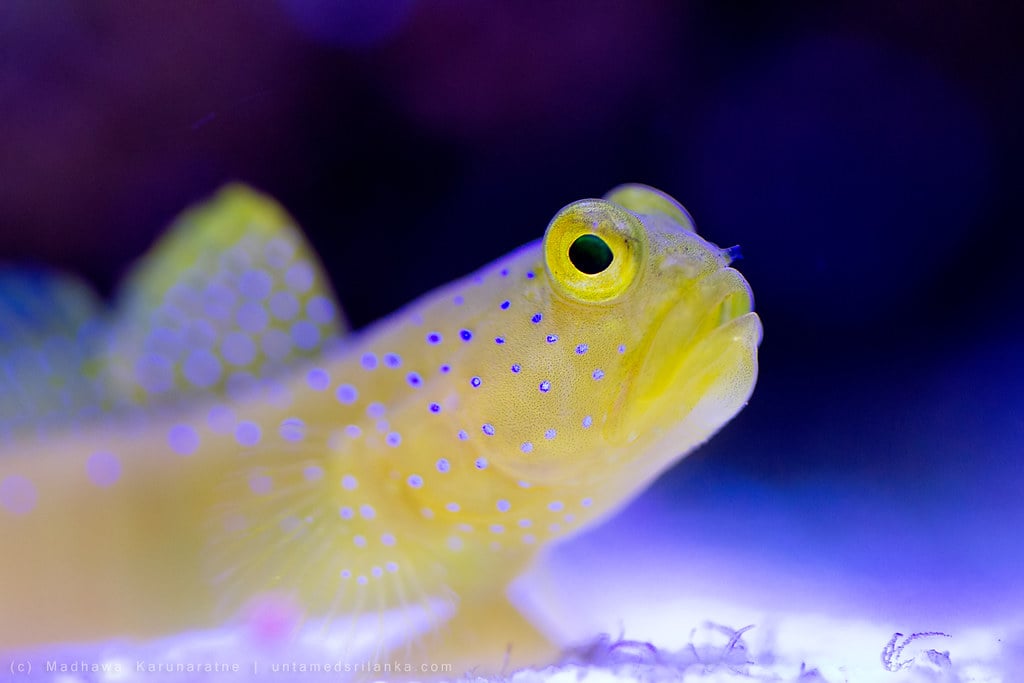

I’m finishing up a PhD in psychology and it is definitely not black and white as you present. Psychology is first and foremost an extremely broad category of specialties (ranging from more biological aspects such as neuropsych to more behavioral and social aspects). Based on your post, I assume something more in the clinical/behavioral realm is where you’re looking.
Again, very grey, even in a diagnosis as supposedly well understood as depression, we still have almost no understanding of etiology nor exact treatment for an individual. Depressive disorders as a group has a lot of diagnoses and subtypes that we can classify (and schools of thinking that believe this is important, ones that thing it doesn’t matter, and ones trying to push a more dimensional approach to thinking about it, among many others). Even with a single diagnosis of major depressive disorder we can have recurrent, single episode, severity specifiers, symptom modifiers, etc. and among those more “specific” diagnoses, individal symptom presentation may be completely different with minimal overlap. Due to this variability, we also don’t have a one diagnosis, one treatment look at things. In total, psychological treatments have about a ~60% efficacy (when I say this, I’m thinking mostly CBT/ADM, DeRubeis et al., 2005). There’s a lot of research looking into personalization of treatment and its mostly come out with no significant solutions.
I realize I went off on a complete tangent but I absolutely love this field and can talk all day. Overall, I think marketing and psychology as very similar fields. At their cores, its about understanding human behavior, just differences in how to apply that understanding.

Looks like you have cyanobacteria, which is a photosynthetic bacteria (sorta like algae but not exactly since its not a plant). So much like others have stated, imbalance of nutrients, photoperiod, and water flow will help prevent it from continuing to be an issue.
Manual removal is going to be important, esp cleaning the substrate with a vacuum tube to get any excess organic matter out. If possible, add in extra flow through a water pump or increasing filtration. I’m not sure what your nutrient input is (whether you fertilize or potentially over feed) but that’s something to consider, usually the suggestion is whatever your tankmates will finish in like a minute or two and do a few feedings a day (unless you have just bottom feeders/shrimp then they wouldn’t finish food that quickly). And light wise, maybe reduce to 4 hours a day until it begins to clear up.
Bright side, because its cyanobacteria, it can also be taken care of with antibiotics like erythromycin, which should be safe for most tankmates, plants, and beneficial bacteria.